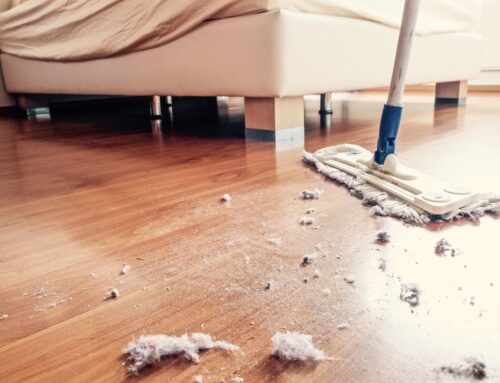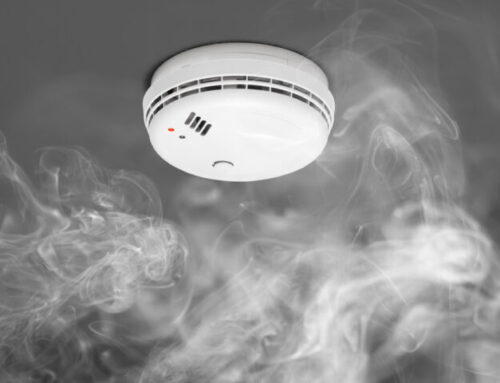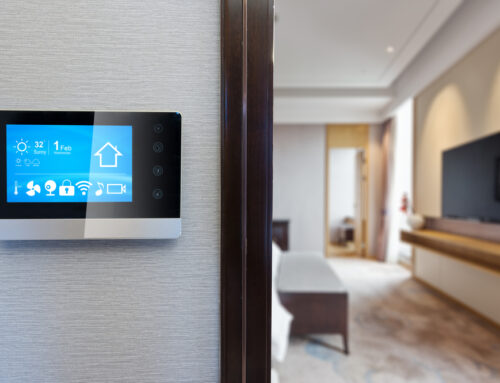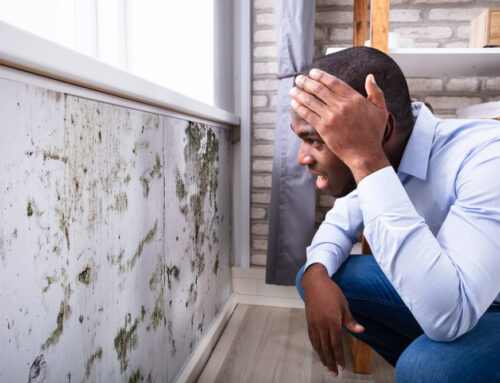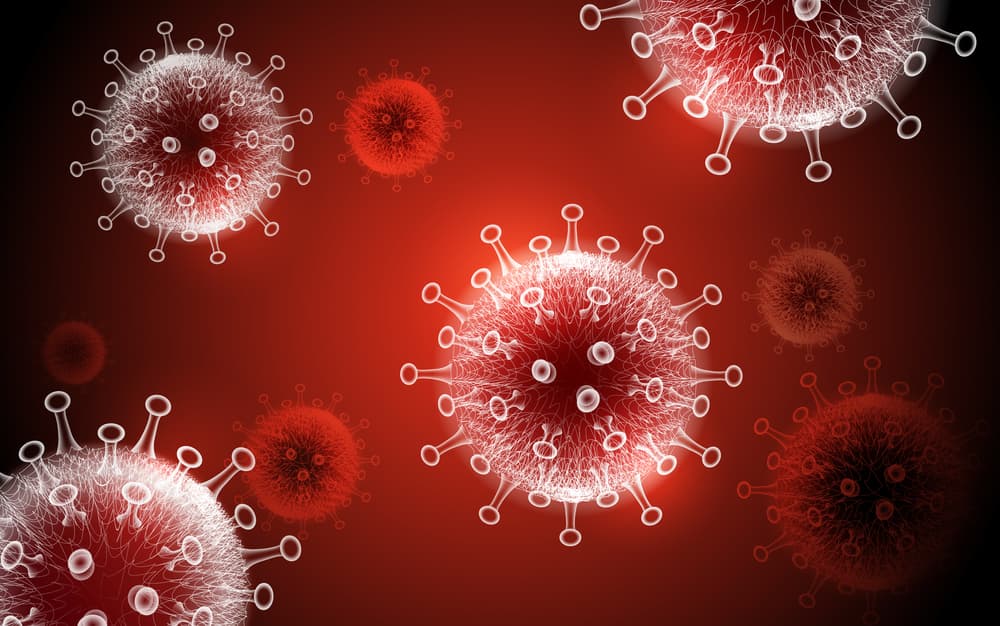
Indoor Air Quality Ottawa has put together a team to address the uncertainty regarding COVID-19 coronavirus virus cleaning and disinfecting protocols. We recently participated in the Cleaning Industry Research Institute (CIRI) COVID-19 Cleaning and Science Symposium and the NIDS Environmental Disinfection course which encourages science-based solutions with environmental disinfection cleaning. We are biohazard remediation certified for blood-borne and aerosolized surface contact cleaning.
During my travel-related self-isolation quarantine, I decided to enroll in many professional environmental cleaning and COVID-19 / Coronavirus containment seminars and courses. The volume of information is overwhelming and as such, I thought I would provide a brief summary of a homeowner’s guide on how to keep a healthy home during a COVID-19 / Coronavirus isolation.
What is the origin of COVID-19 / Coronavirus?
My research indicates the likely origin of the virus was from the scales of a Chinese Pangolin which ate a diseased bat. Pangolins are an Asian delicacy; their scales have perceived medicinal qualities.
Who is at risk for COVID-19?
Everybody is at risk; however, some segments of the population are more at risk based on age, gender, and general health. Respiratory illnesses, chemo patients, and pregnancy all pose greater exposure risks.
How do I get COVID-19? COVID-19 coronavirus transmission and vectors.
Firstly, you must be in the area where an infected person is or was located – so stay 6 feet away! Infected virus droplets can be aerosolized when someone sneezes or coughs. Typically, a sneeze will spread germs 3-4 feet in front of the nose or mouth. Spit and mucus are formed into droplets that are airborne maybe up to 3 hours. Droplets then become aggregate clumps and join the typical dust matrix on surfaces like floors or tables leading to fomite transmission.
If I touch something contaminated will I get sick?
Yes and no. The virus must enter your body by your eyes, nose, or mouth. It typically does not migrate through your skin. This is why everyone says wash your hands and don’t touch your face. Stay 6 feet away from everyone in case they sneeze.
Can I get infected by touching different surfaces?
Yes, COVID-19 droplets can be deposited on most types of surfaces. COVID-19 cells will live on some surfaces longer than others.
Are some surfaces more dangerous or contaminated than others?
Yes, very much so. This bio-contamination load is directly related to the type of fomite or surface material probability of imprint, or the probability of contact transmission. Simply put, the more people touch a surface, the greater the risk of contamination or viral load on the fomite (surface) with high touch transmission frequencies such as door knobs, phones, elevator buttons, remote controls, etc.
What happens if someone at home is showing symptoms?
Call your local Ministry of Health COVID-19 hotline and talk about your symptoms.
How can I keep my home healthy?
Don’t mingle with outside groups. Clean surfaces frequently especially frequent touchpoints around the home… you can use alcohol wipes if you have any leftover, or you are lucky enough to be able to buy some. You may also make a hard surface cleaner using diluted household bleach at 10% diluted in water. DO NOT MIX BLEACH WITH ANYTHING ELSE. Toxic chemical reaction happens when bleach, Ammonia, vinegar, or hydrogen peroxide are mixed. Clean the surface first with dish soap and water, let it dry, followed by your disinfectant.
Where do I begin?
Start in the bathroom then move to known high transmission surfaces such as light switches, faucets, phones, TV remote, railings, door knobs, and kitchen surfaces.
How can I clean my home?
COVID-19 cleaning is a two-step process:
- Start with removing the dirt, soil, or normal cleaning with a detergent.
- Once clean, use a disinfectant to address the virus.
When does it end?
Never, some degree of cleaning and contamination reduction will always be beneficial to occupant health.
What is the most contaminated room in my house / home office?
The bathroom – fecal matter can spread the virus. Wash your hands well and often.
If I live with someone sick, what do I do?
- If that person is showing symptoms typically the home is already contaminated.
- Start with isolating that person to a room with a separate bathroom, if possible.
- Make sure you have a cleaning plan in place with enough soap, cleaners, wipes and a mask for you and the sick person (1 each).
- Clean everywhere as previously discussed including bathrooms, touchpoints, and kitchen surfaces.
- Medication. Make sure you have what that person needs. Monitor fever and report frequently to medical authorities. Observe and follow orders.
- Laundry. Separate laundry, wash with high heat, and dry with warm air.
- Wear your mask and gloves when you are in the sick person’s room followed by aggressive washing. Feed the patient with separate personal or disposable utensils.
- Keep your own system healthy. Eat well, sleep well, and consider Vitamin C and D supplementation. Getting sick won’t help your patient.
- Ventilate with HRV or open windows as much as you can.
- Frequently clean over and over to reduce the viral load re-establish rate.
This is my personal view on how to keep your home healthy during this certain time. The information is my interpretation of numerous scientific and cleaning protocols, seminars and courses I attended.
Thanks, wash hands and social distance.



